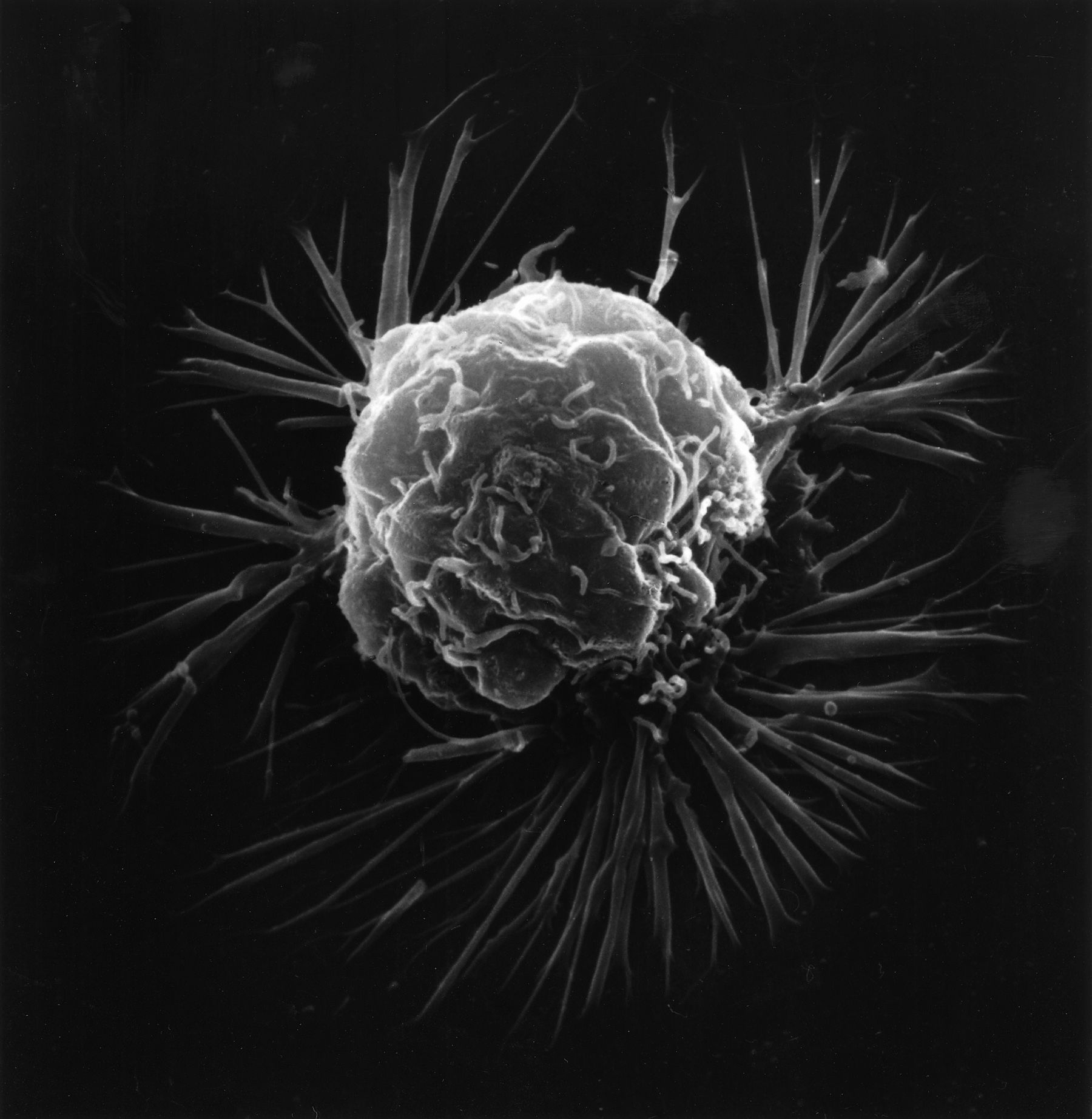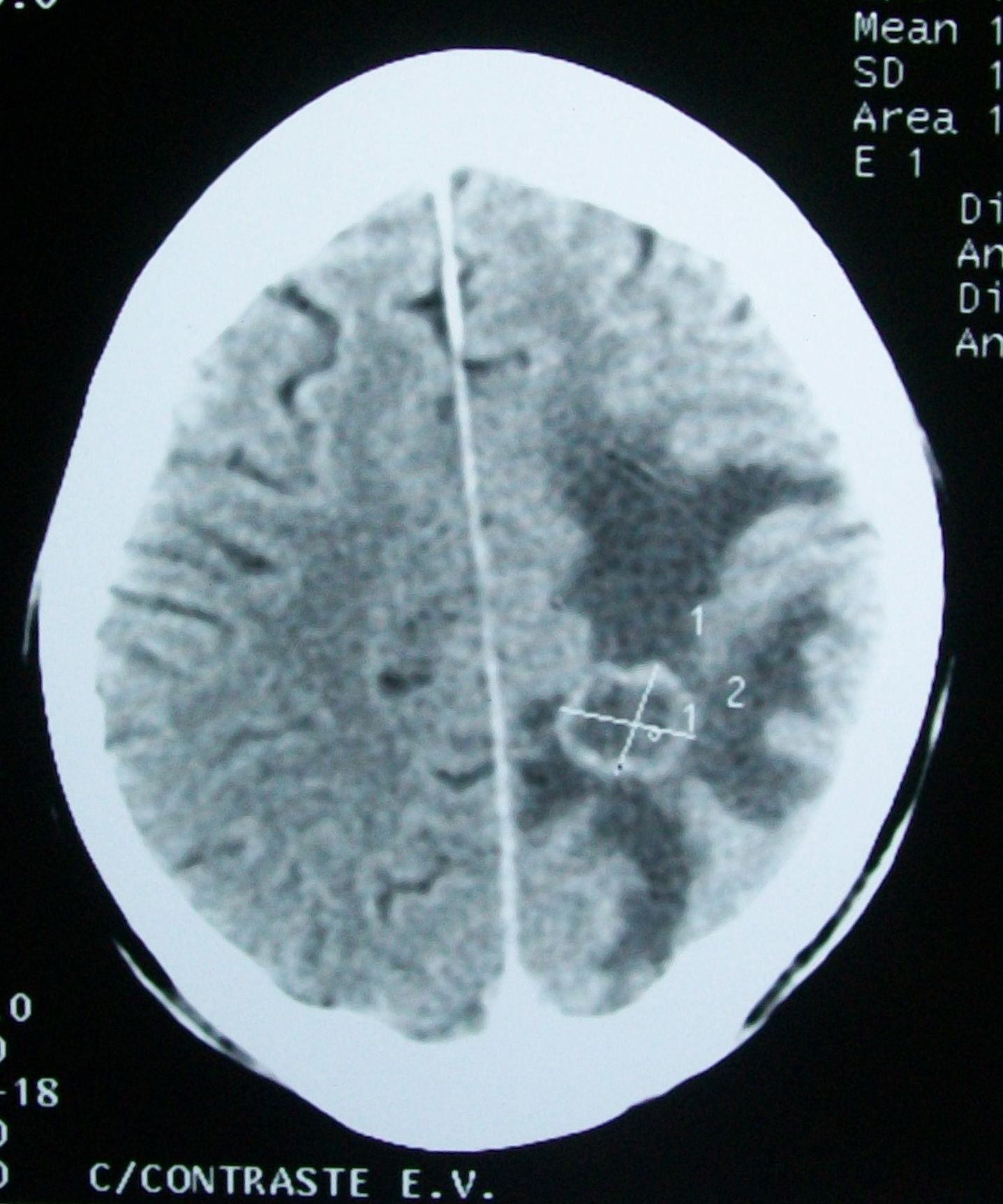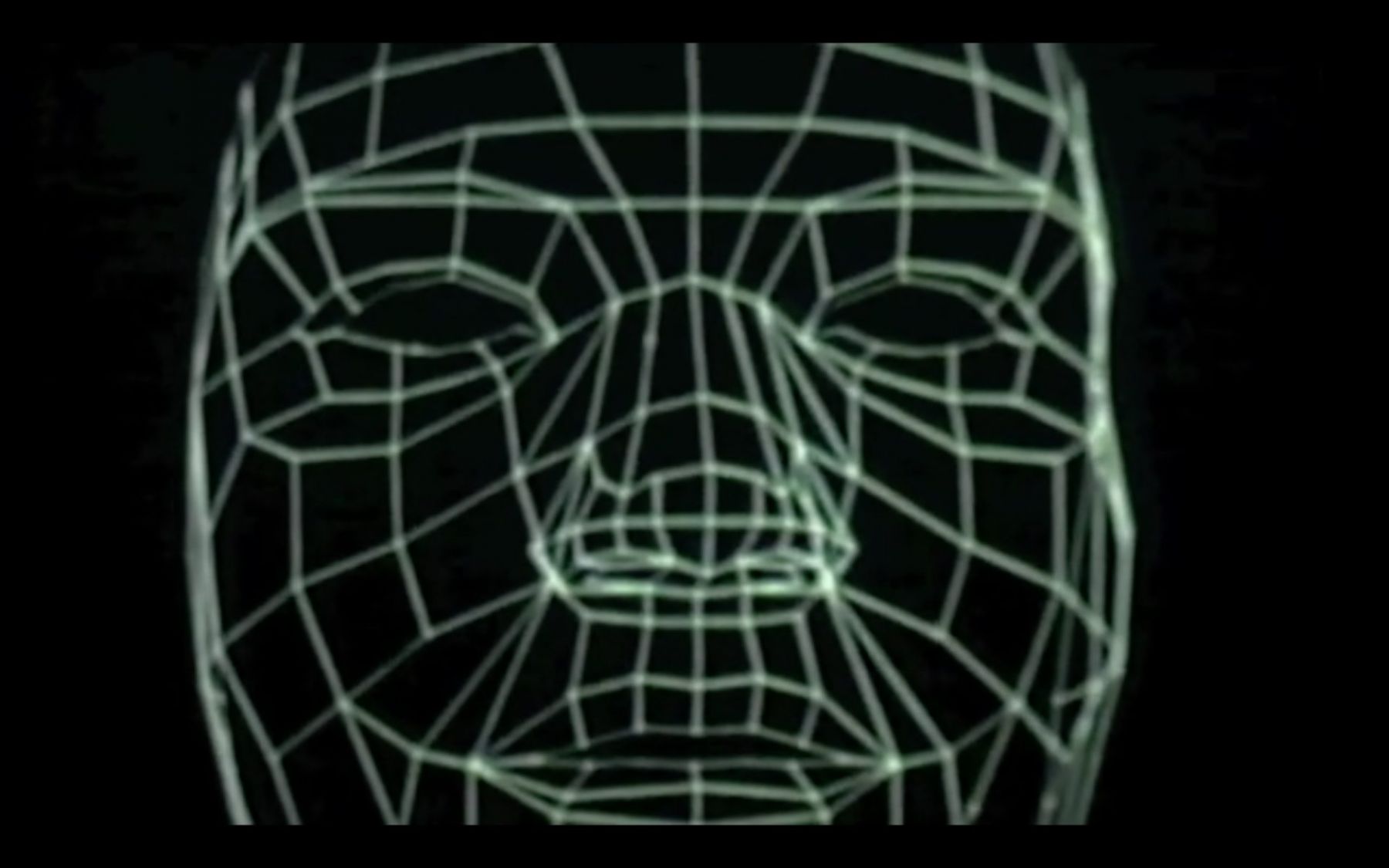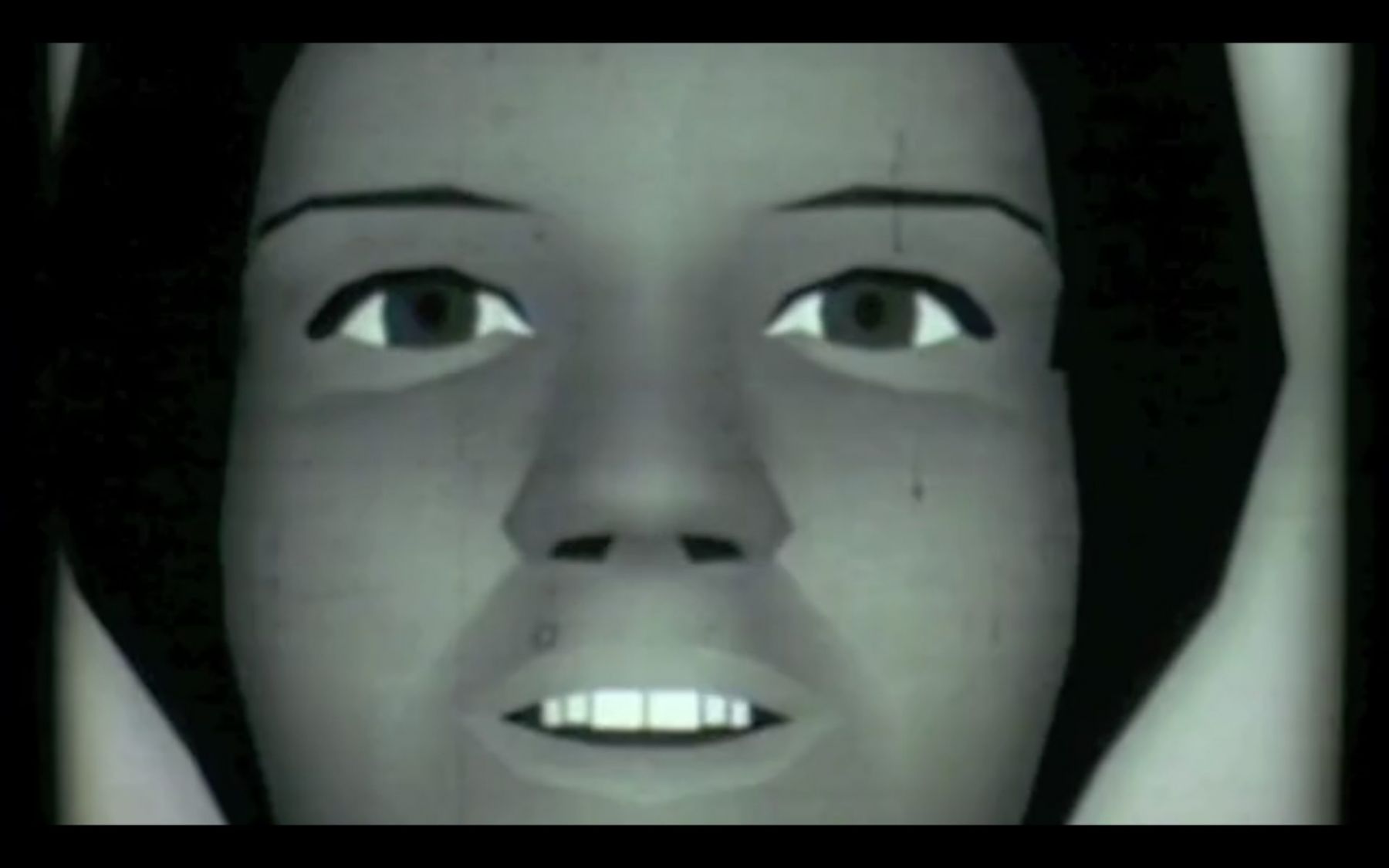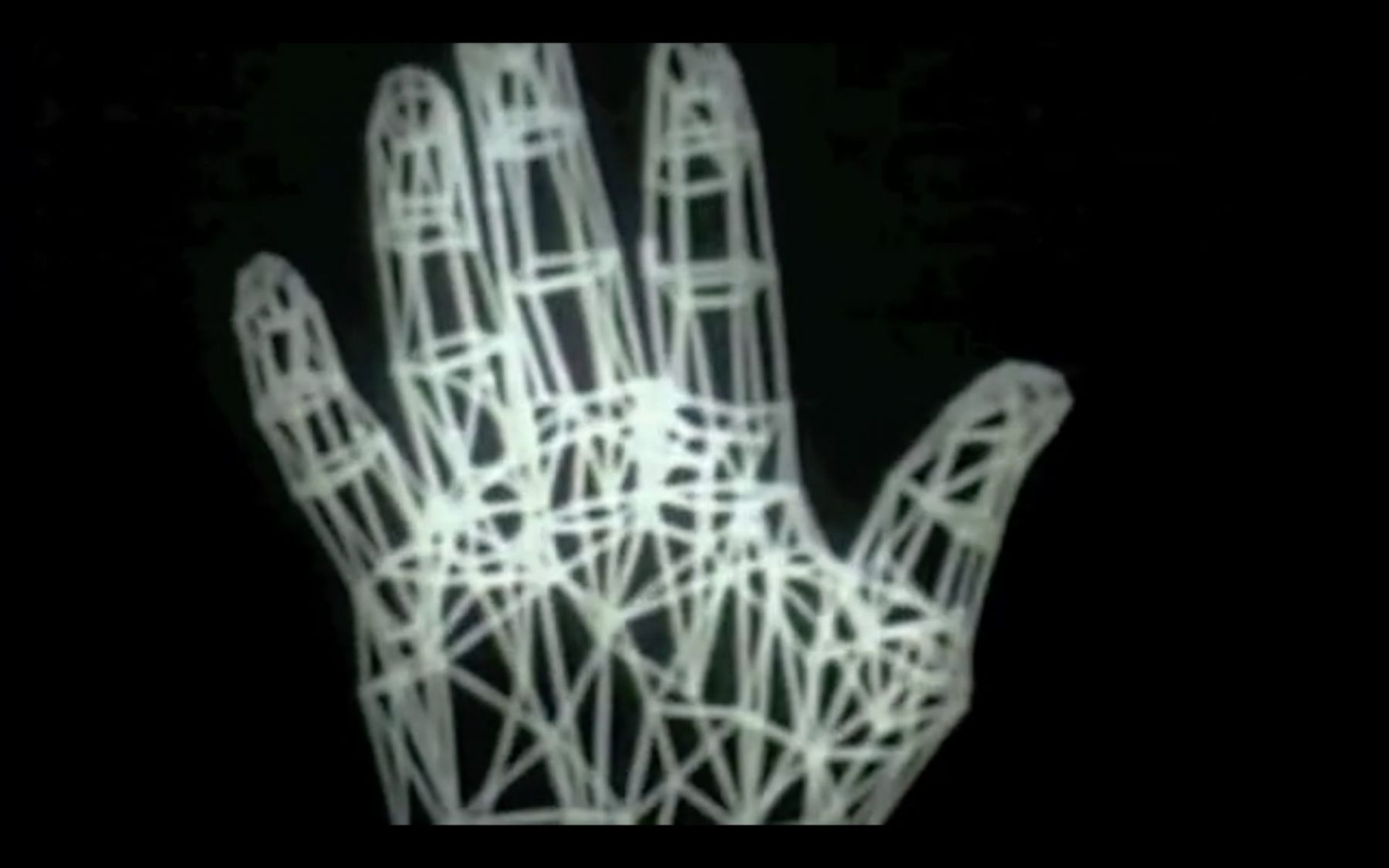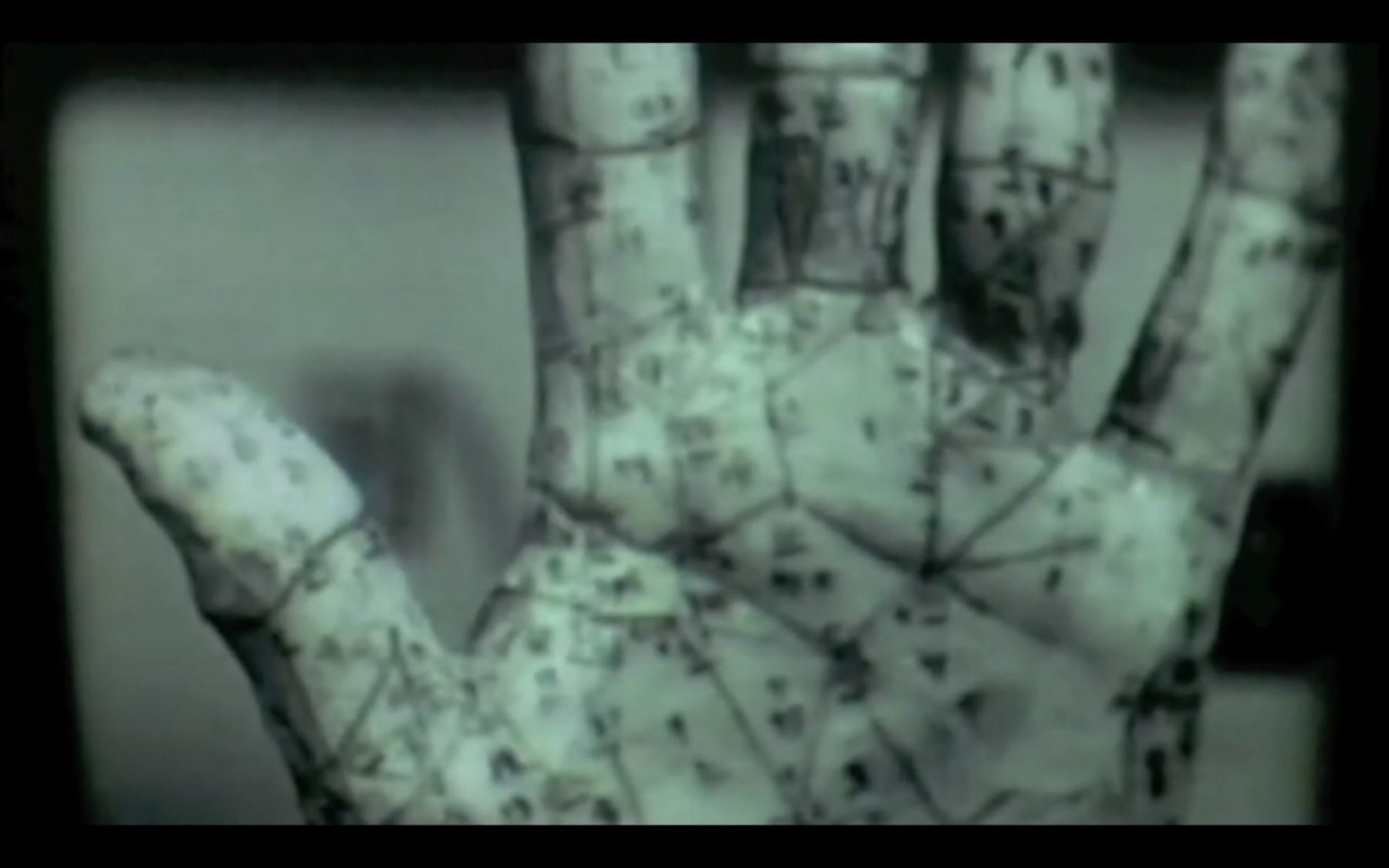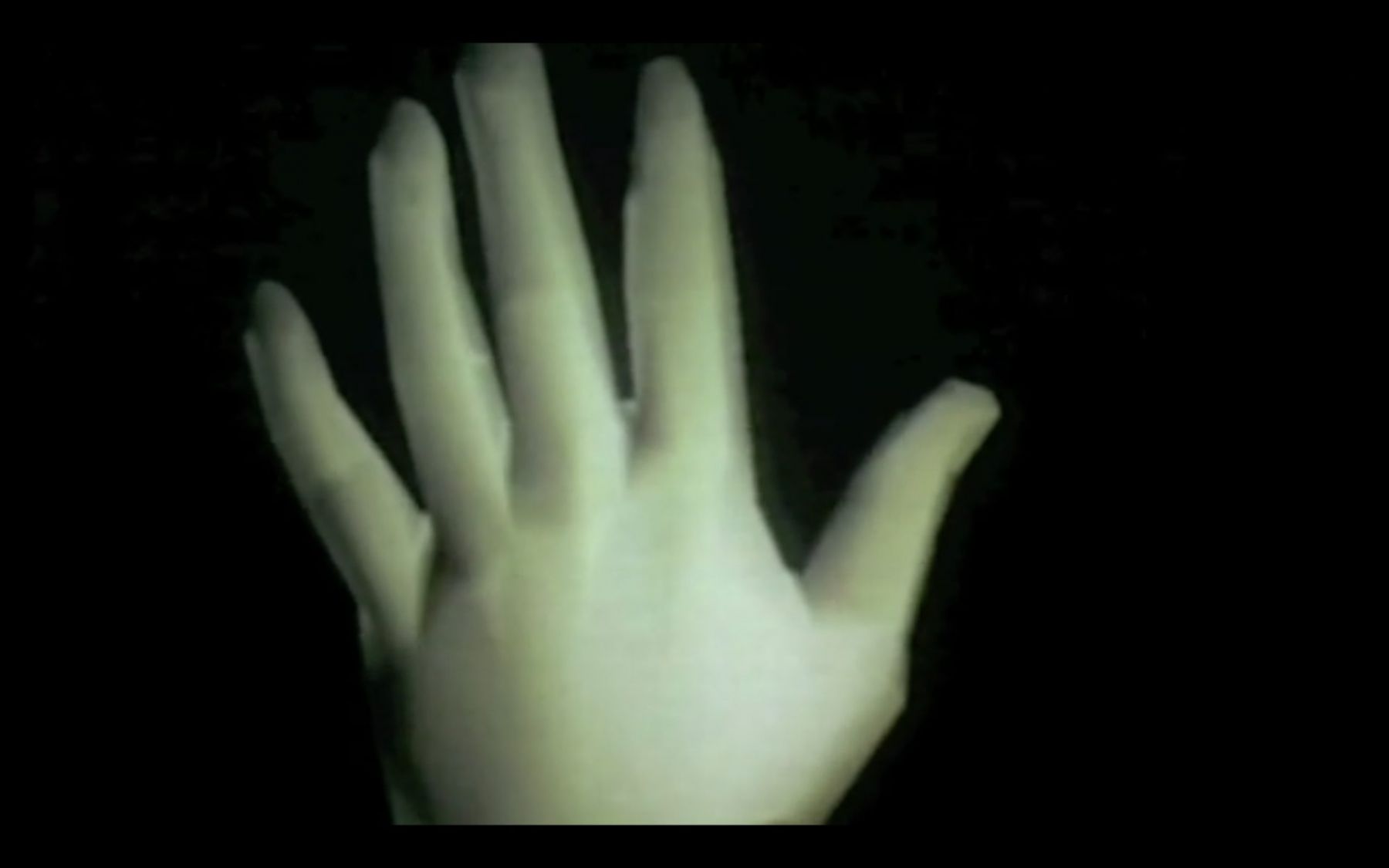Cabinet of Curiosities
Eltons Kūns
[1]
Text
By creating animation showcasing a number of non-existent pathologies that reference early medical imaging techniques and the underpinning processes of 3D rendering, the latter of which are conceptually based in photography, the author explores distance and factuality in the field of medical imagery, both figuratively and literally, and the inherent objectification that follows. Through the involuntary mediation by the screen, images are flattened, removed from context and often perceived purely aesthetically. The resulting footage is a fictional set of tumors, abscesses and cellular mutations that embrace the nature of the medium and exist purely for the sake of being displayed.
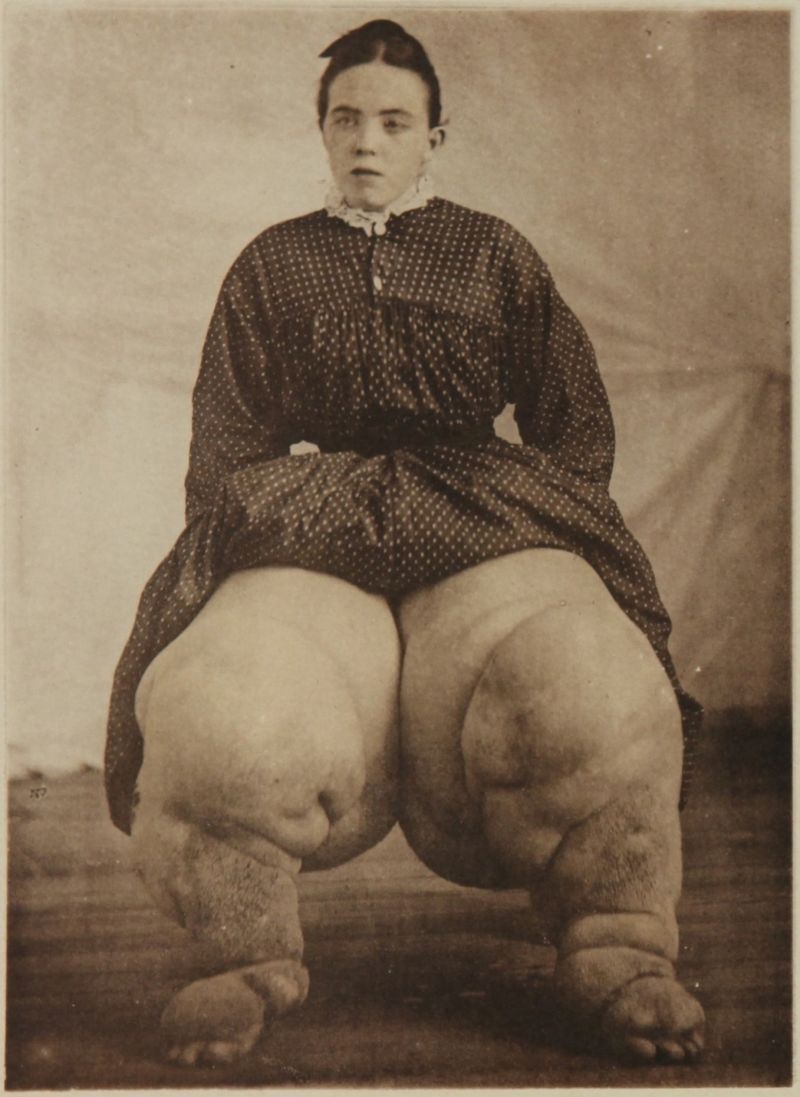
[1]
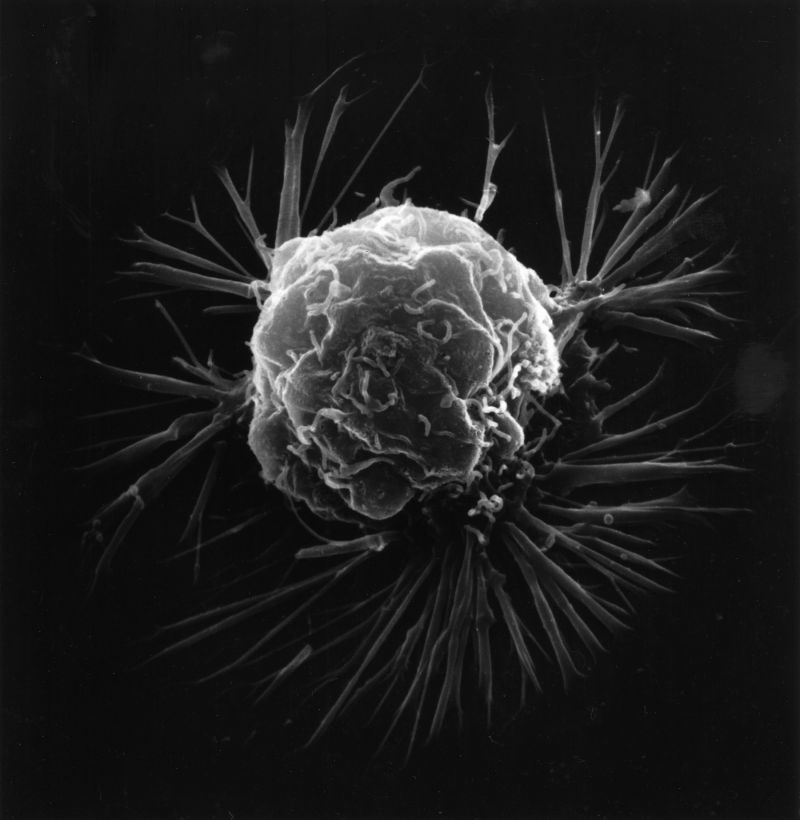
[2]
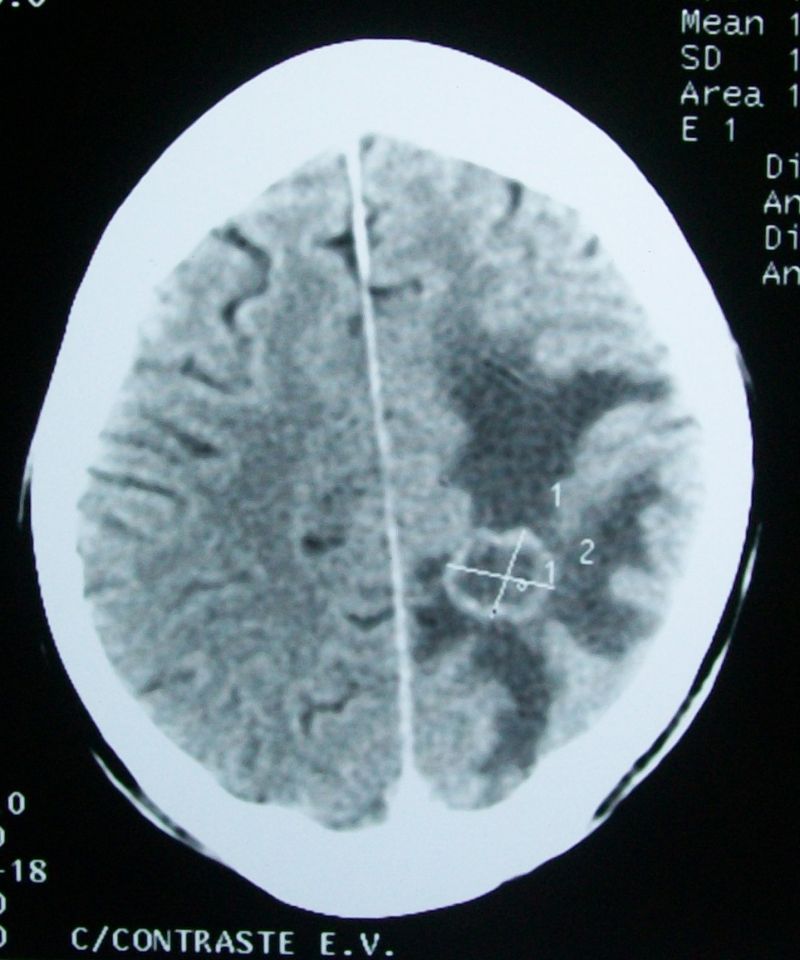
[3]
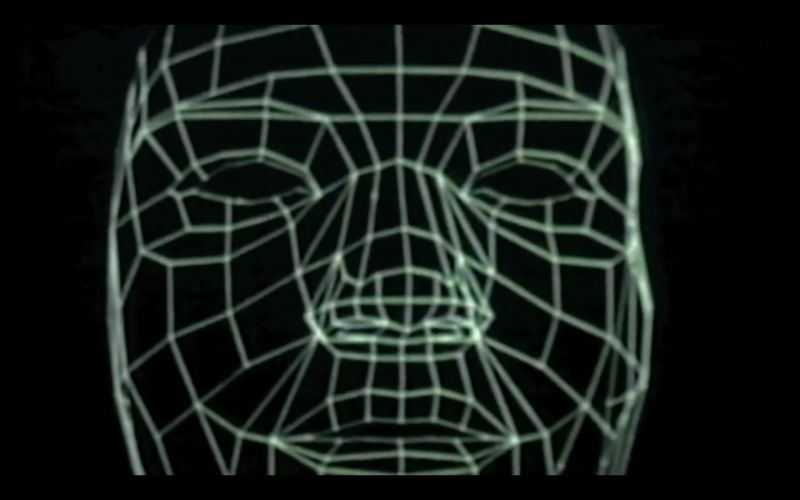
[4]
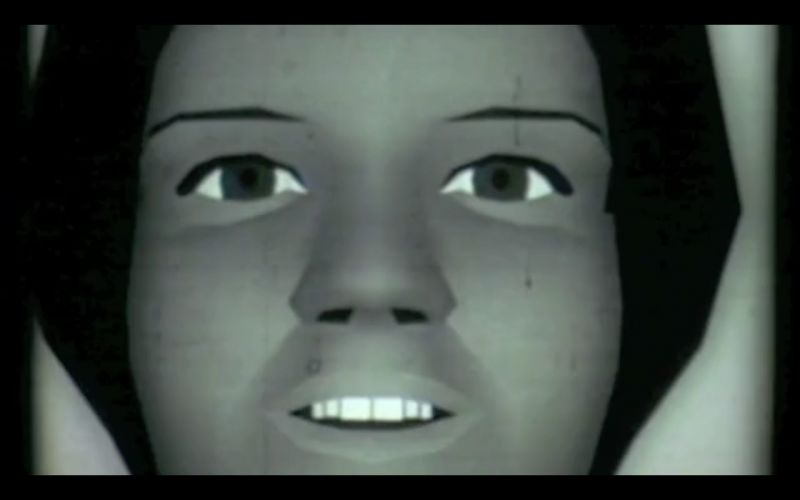
[5]
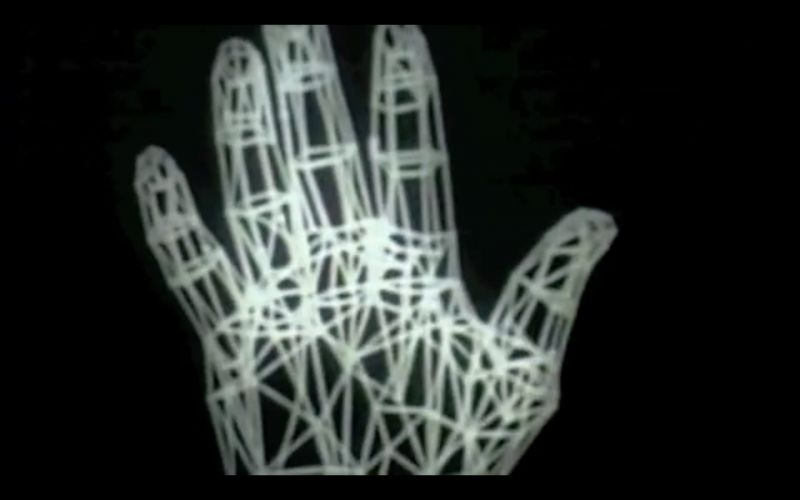
[6]
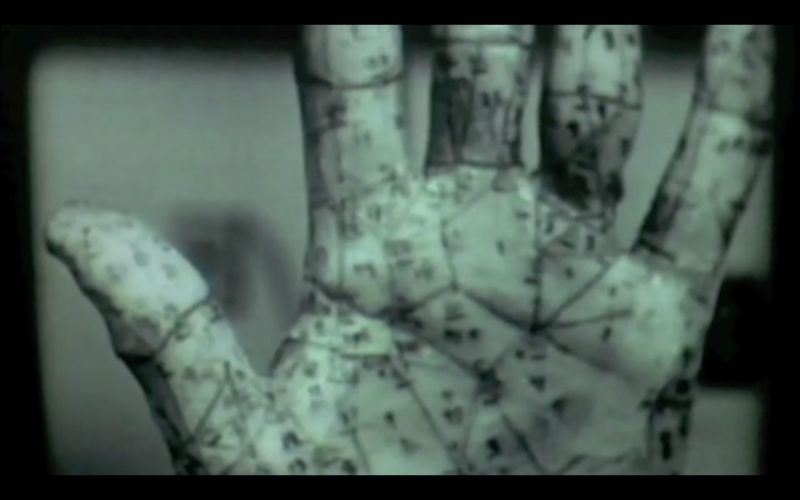
[7]
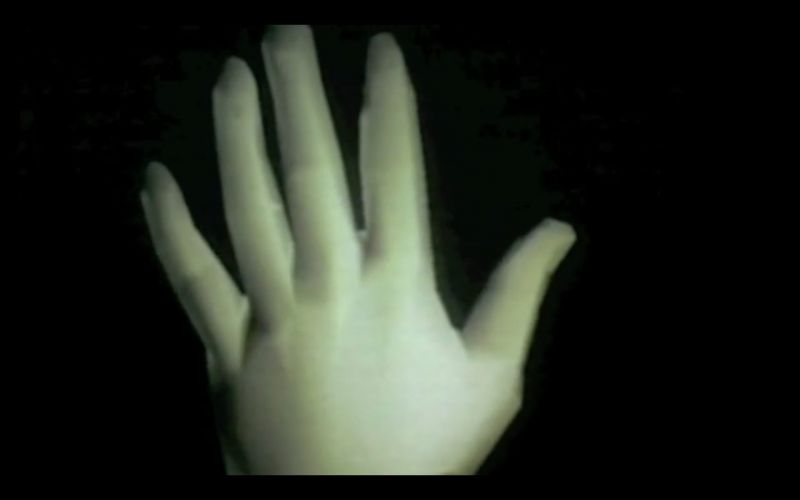
[8]
[1]

[1]

[2]

[3]

[4]

[5]

[6]

[7]

[8]

